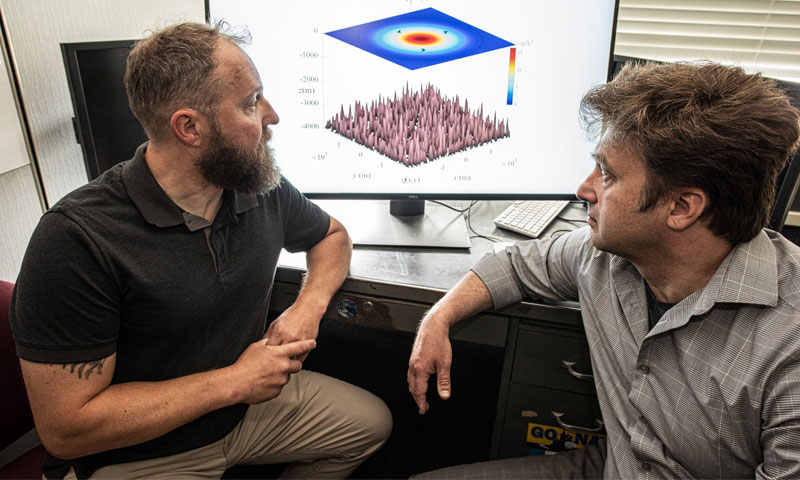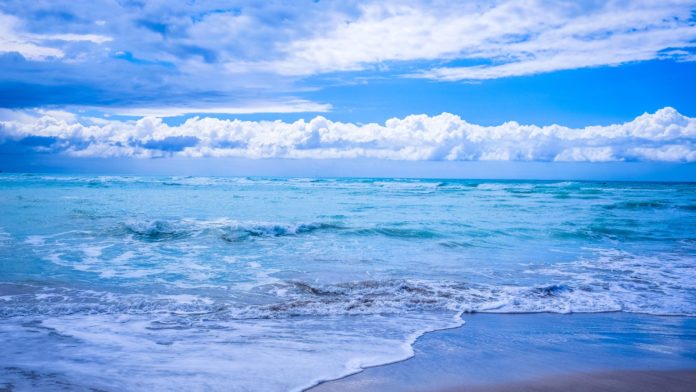Ocean rings, which can span anywhere from a few months to several years, are vital for moving heat and nutrients across the ocean. However, it remains mysterious how these ocean rings stay intact.
A new study unraveled this stability mystery. Scientists from the Naval Postgraduate School (NPS) Department of Oceanography finally found the answer: What makes some ocean rings last up to a decade while others dissipate within a few months: seafloor topography.
Professor Timour Radko from the NPS Department of Oceanography said, “We need to remove systematic biases that numerical models have. Some of those are linked to the way models handle small-scale bottom topography.”
“Eddies can create their weather and wave patterns, and they can impact acoustics, among other things. It’s like getting on the cover of Rolling Stone … You’re a rockstar.”
Scientists call their paper- ‘Sandpaper effect’- a moniker that draws association with the tiny abrasive particles of sandpaper that can grind down much larger objects. Similarly, the seafloor’s small-scale texture slows currents toward the ocean’s bottom, improving the stability and lifespan of ocean rings near the top.
Theoreticians usually do not consider topographic roughness while looking at surface water activity.

Radko said, “Now I have doubts [about current models]. If this small-scale topography affects this vortex, it may affect currents, waves, and what not. I’m becoming skeptical of everything that assumes the bottom is smooth.”
Physics suggests that Ocean rings should fade in a few weeks without considering small-scale topography. Old papers that didn’t account for the bottom roughness in their models tested this.
The NPS scientists discovered that making topography as accurate as possible is the key to creating the “ideal model.” They used an existing echo-sounding system’s statistical depiction of bottom roughness. Oceanographers may not be able to measure every element of the ocean’s bottom relief shortly, but they do have a decent understanding of its statistical features. The bottom roughness model in the study mathematically represents what an average seafloor looks like.
NPS Department of Oceanography doctoral student Larry Gulliver said, “We borrowed this, borrowed that, borrowed the other idea, put it together, and it worked! It was pretty quick, [but] I had to run a few more simulations to make sure.”
This study offers scientists and Navy METOC officers one more piece to the complex puzzle of understanding how the ocean works.
Journal Reference:
- L. T. Gulliver, T. Radko. Topographic Stabilization of Ocean Rings. DOI: 10.1029/2021GL097686
